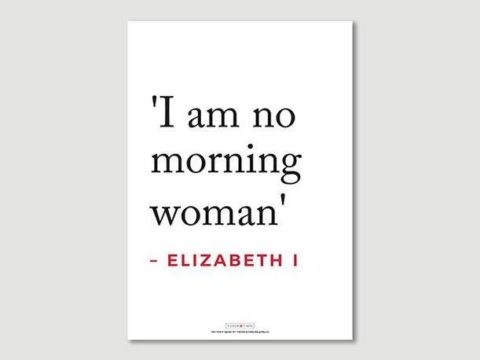The Tudor Succession Problem
Chapter 5 : Edward VI
When Edward VI inherited the Crown, he was only nine years old. At least seven years would need to pass before he could marry and beget an heir of his own. The most desirable candidate was his first cousin once removed, Mary, Queen of Scots. Such a match would unite the two countries under the King of England. The Scots were not happy with that idea, and sent the little queen to France to protect her from English attacks.
That idea scotched, there were shufflings amongst the nobility to suggest candidates for the position of queen. Not surprisingly, Edward’s maternal uncle, Edward Seymour, now Duke of Somerset and Lord Protector, was thought to favour a marriage between the king and his daughter, Lady Jane Seymour. Another possibility was Lady Jane Grey, eldest of the three daughters of Lady Frances, who was vigorously promoted by the King’s younger maternal uncle, Thomas Seymour.
Edward himself seems to have felt that he could do rather better than his cousins. He wanted to marry princess ‘well-stuffed, and full of jewels.’ We may infer that he meant a lady of vast possessions, rather than one who had indulged too heavily in the Christmas goose.
In the first years of Edward’s reign, the position of his half-sister, Mary, as his heir was unquestioned. But as time went on, the previously loving relationship they had had foundered on the matter of religion. Mary, for reasons both personal and political was conservative in religion and could not be reconciled to Edward’s increasingly radical Protestant stance. Edward began to fear that, if she were to inherit the crown, she would overturn all his good work and reimpose Catholicism – an idea that turned out to be completely justified. So, although he was not then ill, he began, in 1552, to turn his mind to how the succession should go, in default of heirs of his own.
He began what he called his ‘Devise for the Succession.’ This went through several iterations. All of the versions excluded both Mary, and his second sister, Elizabeth. It is not clear why he wanted to exclude Elizabeth – she had conformed willingly to his Protestant reforms. It may be that, logically, he felt couldn’t exclude one sister proclaimed illegitimate by Parliament without excluding the other.
He also hoped to dispense with any female heirs at all, so the first version gave the line of succession to:
- The Lady Frances’ heirs male (none were living) Lady Frances was the daughter of the French Queen.
- The Lady Jane’s heirs male. Lady Jane Grey was Lady Frances’ eldest daughter. She was fifteen and unmarried.
- The Lady Katherine’s heirs male. Lady Katherine Grey was Lady Frances’ second daughter – twelve and unmarried.
- The Lady Mary’s heirs male. This Lady Mary Grey was Lady Frances’ third daughter – seven and unmarried.
- The heirs male of any more daughters Lady Frances might yet have, although Lady Frances had not been pregnant for seven years.
- The heirs male of the twelve-year old Lady Margaret Clifford. This lady was also a grand-daughter of the French Queen, through her younger daughter, Eleanor Brandon, Countess of Cumberland.
- If none of the ladies produced sons, the crown was to go to the sons of Lady Jane’s daughters, then the sons of the Lady Katherine’s daughters etc.
The whole thing was a recipe for disaster. If the devise had had legal weight and Edward had died at that point, no-one could have any idea who the heir might be, as none of these imaginary sons had been born, and what would happen if one of the younger women had a son first, followed by a son born to Lady Frances?
The second version of the Devise dealt with the problem of Lady Frances having a son, by giving him the inheritance only if he was born in Edward’s lifetime. The devise did, however, stir up the members of the Privy Council to position their sons as husbands to the various ladies, and thus potentially fathers of the next king.Lady Jane Grey was married to the Duke of Northumberland’s son, Guilford Dudley; Lady Katherine Grey to the son of the Earl of Pembroke, Henry Herbert; Lady Mary Grey and Lady Margaret Clifford were betrothed, rather disgustingly, to the 43-year old Lord Grey of Wilton and 48-year old Sir Andrew Dudley respectively.
When Edward VI found that he was dying, he was obliged to change his Devise, to make it of more practical effect. He may have done this completely of his own volition, or he may have been strongly influenced by the Duke of Northumberland. The Devise was changed to name the Lady Jane AND her heirs male. Edward was thus obliged to be succeeded by a woman, whether he liked it or not.
The Devise for the Succession was issued under Letters Patent, but its validity in law was very shaky. Letters Patent could not overturn an Act of Parliament, even though Edward had the support, with lesser or greater degrees of willingness, of his Privy Council.Lady Jane Grey was proclaimed as Queen.
The vast majority of the country was not prepared to see the Act of Succession and the will of Henry VIII ignored, and Edward’s elder sister, Mary, overturned the coup, and was crowned Queen in October 1553.
